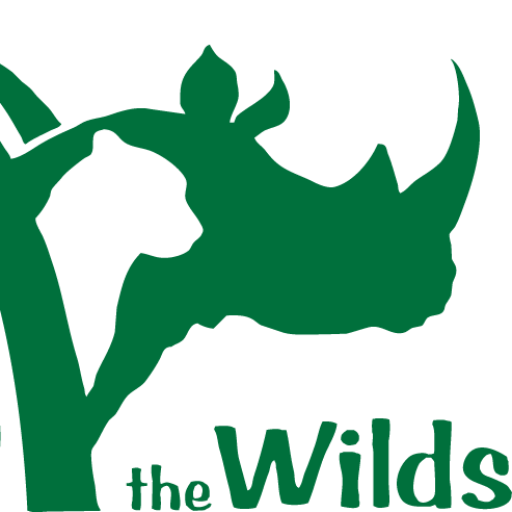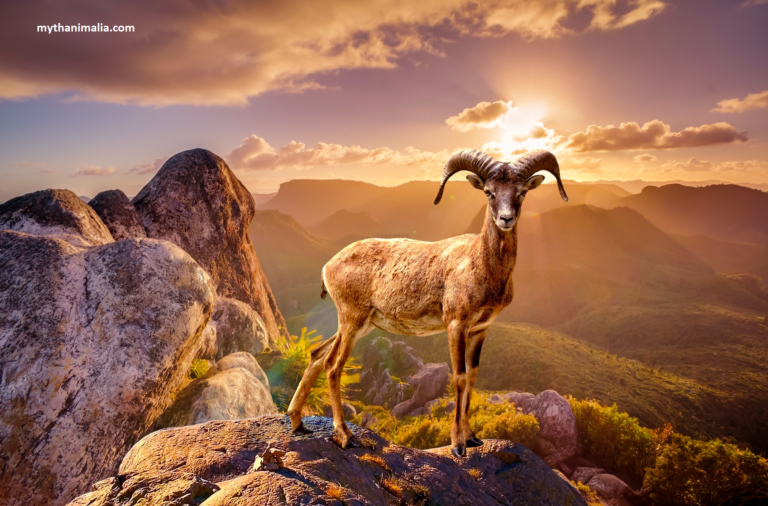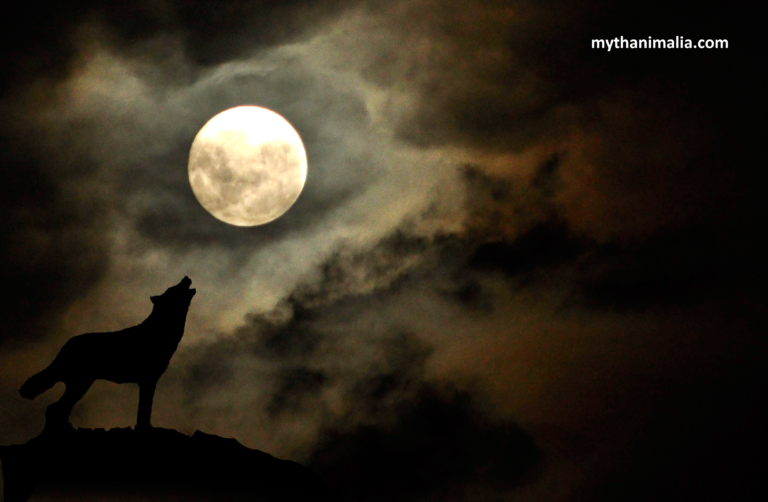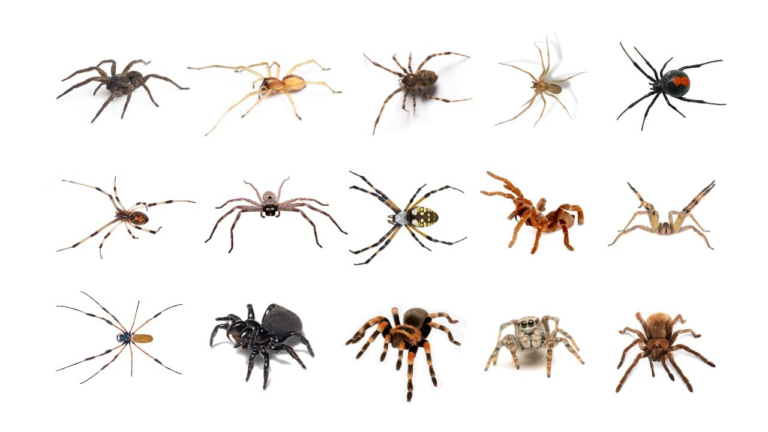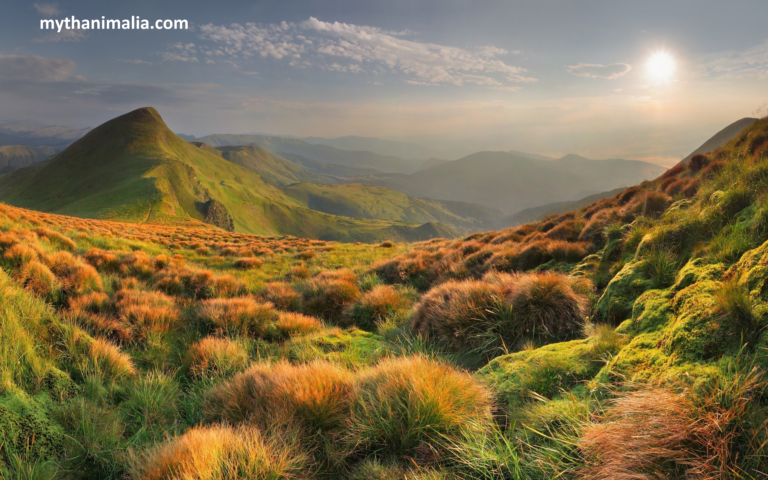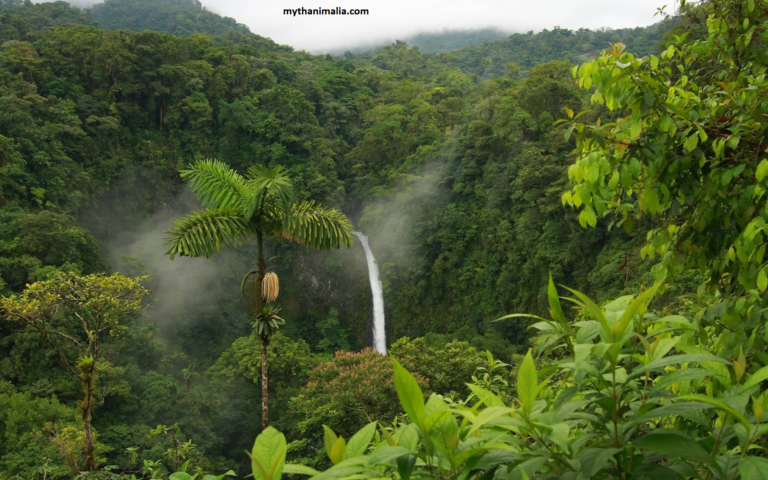Wetland Wildlife And Why Are Wetlands Important
Wetlands wildlife, often overlooked gems of nature, play a crucial role in maintaining ecological balance. The biodiversity that thrives in these waterlogged wonders. Wetlands are vital ecosystems that provide numerous ecological services. These areas contribute significantly to environmental well-being, from water filtration to flood control.
Diverse Ecosystems in Wetlands
- Flora of Wetlands
- Animals of Wetlands
1- Flora of Wetlands
Wetlands are vibrant ecosystems, teeming with diverse plant life uniquely adapted to the water-saturated conditions that define these environments. The flora of wetlands plays a crucial role in the overall health and functioning of these ecosystems.
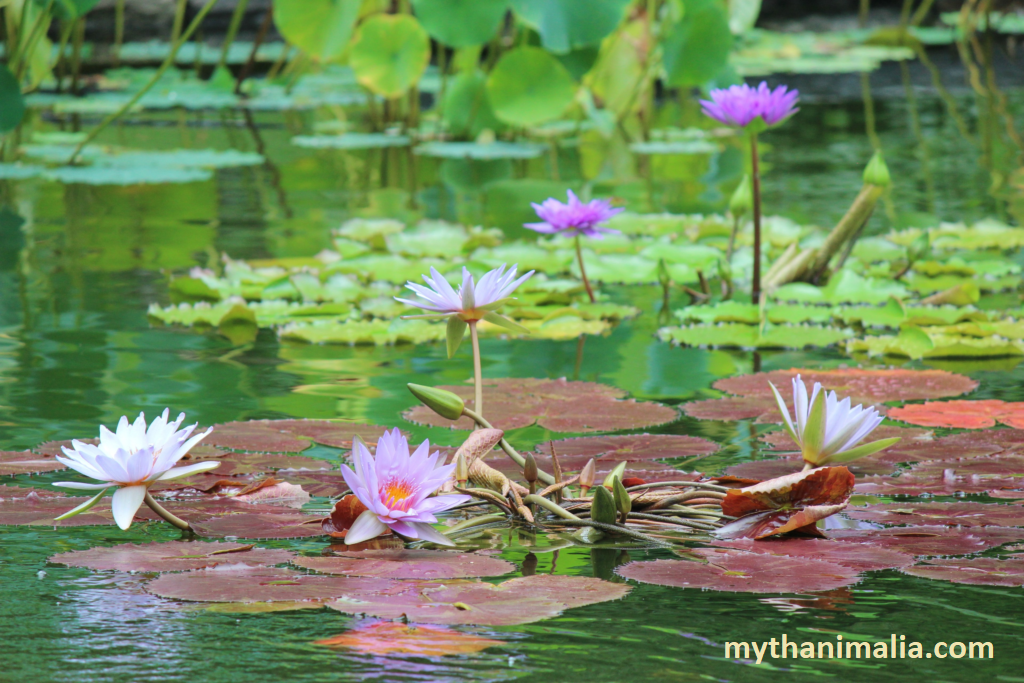
2- Animals of Wetlands
Wetlands are not only a haven for diverse plant life but also support a rich tapestry of fauna. From insects to mammals, the animal kingdom in wetlands is as diverse as the ecosystems themselves.
Dragonflies and Damselflies
These colorful insects are common in wetlands, with their intricate flight patterns and vibrant hues. Their nymphs, found in water, are essential in controlling mosquito populations.

Snails and Mollusks
Wetland snails and mollusks play a vital role in nutrient cycling. Their presence indicates the ecosystem’s health, as they are sensitive to changes in water quality.
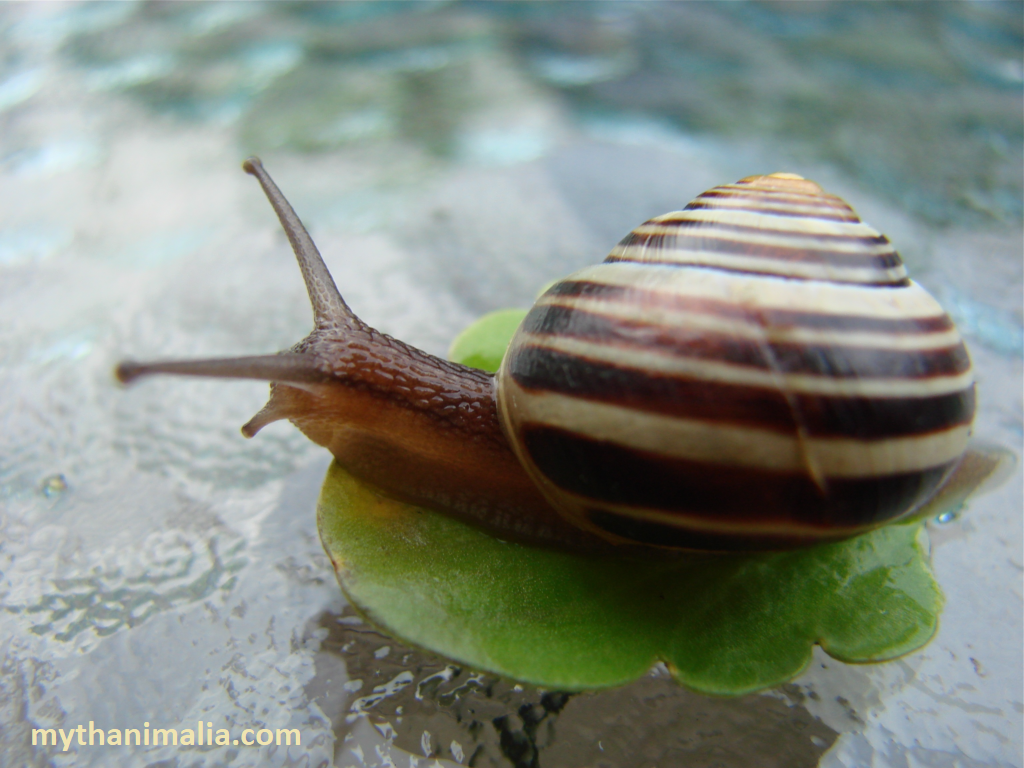
Wetland Birds
Wetlands are a crucial habitat for waterfowl like ducks, geese, and swans. These birds use wetlands for breeding, nesting, and feeding, contributing to their migratory patterns.
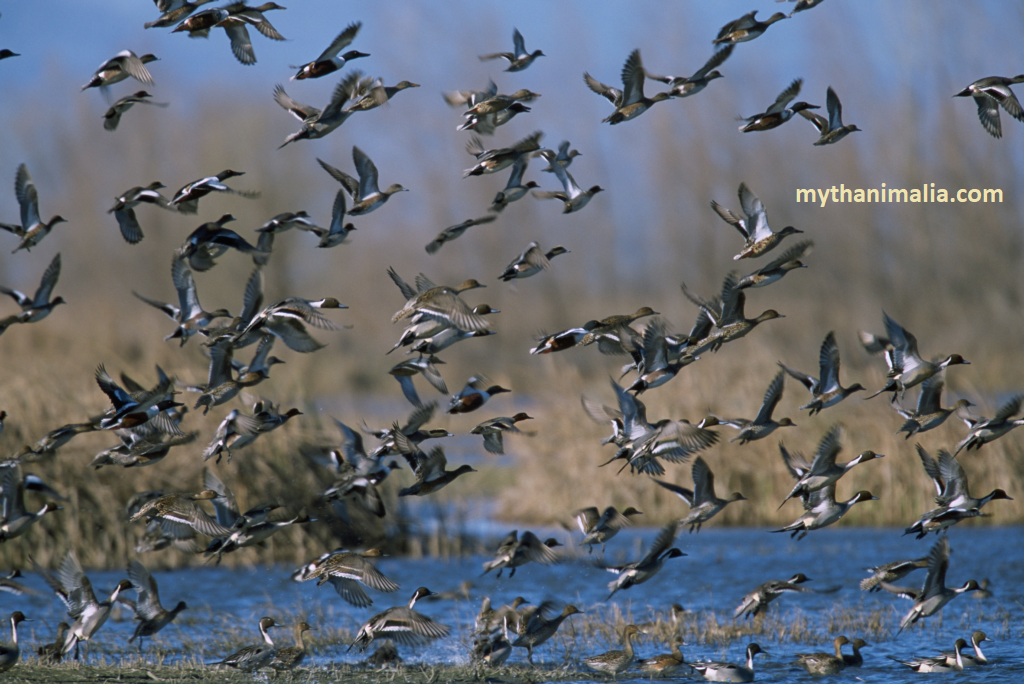
Mammals in Wetlands
- Beavers
- Muskrats
1- Beavers
These industrious mammals play a significant role in shaping wetland environments. Beavers build dams, creating ponds that benefit a variety of other species.
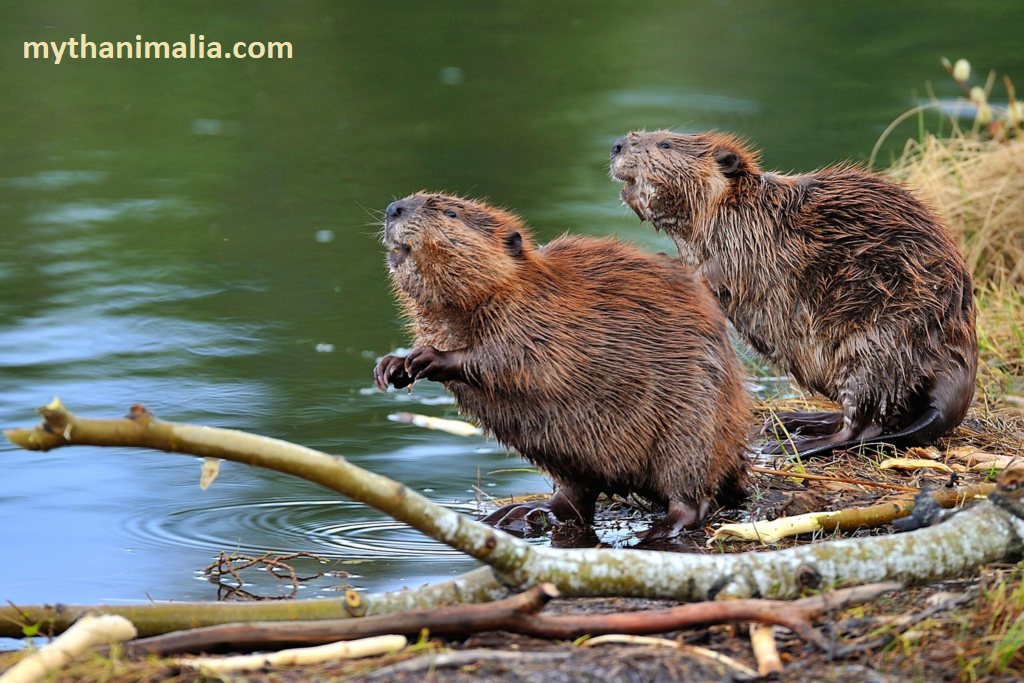
2- Muskrats
Muskrats are adept swimmers and are often found in wetlands. They contribute to ecosystem health by creating channels that improve water flow.
What animals live in the wetlands’ community
Bugs, frogs and salamanders, fish, birds, snakes and turtles, and mammals like mice, squirrels, deer, and bears all like to use wetlands. 70% of the endangered species in our state depend on wetlands to survive! Wetlands provide them with the space they need to live and get food.
Aquatic Life in Wetlands
- Fish Species
- Amphibians and Reptiles
1- Fish Species
Fish contribute to the nutrient cycling of wetlands by feeding on invertebrates and releasing nutrients through waste, influencing the water and plant communities.
2- Amphibians and Reptiles
Frogs and Toads
Wetlands serve as breeding grounds for various frog and toad species. Their tadpoles depend on the aquatic environment, while adults may inhabit water and land.
Salamanders
These secretive creatures find refuge in the damp environments of wetlands. Some species rely on vernal pools for breeding, making them particularly susceptible to habitat loss.
Wetland Reptiles
Turtles
Wetland turtles, such as the painted turtle and snapping turtle, depend on these environments for nesting and basking. They contribute to the delicate balance of wetland ecosystems.
Snakes
Wetlands provide an abundance of prey for various snake species. While some are adapted to aquatic life, others use the wetland environment for foraging.
Role of Wetlands in Climate Regulation
Uncover the critical role wetlands play in climate regulation, acting as carbon sinks and mitigating the impact of climate change.
What is wetland
Common names for wetlands include marshes, estuaries, mangroves, mudflats, mires, ponds, fens, swamps, deltas, coral reefs, Billabong, lagoons, shallow seas, bogs, lakes, and floodplains, to name just a few.
Human Impact on Wetland Wildlife
- Pollution Threats
- Urbanization Concerns
1- Pollution Threats
Examine the detrimental effects of pollution on wetland ecosystems and the wildlife that inhabits them.
2- Urbanization Concerns
As urban areas expand, wetlands face threats from habitat destruction and fragmentation. Understand the implications of urbanization on wetland wildlife.
Balancing Conservation and Human Needs
- Sustainable Practices
- Ecotourism Benefits
1- Sustainable Practices
Sustainable practices that aim to strike a balance between the conservation of wetlands and meeting human needs.
2- Ecotourism Benefits
How responsible ecotourism can contribute to wetland conservation, providing economic incentives for preserving these natural habitats.
Educational Initiatives for Wetland Conservation
Discover the educational initiatives that raise awareness about wetland conservation, fostering a sense of responsibility towards these unique ecosystems.
Challenges of Studying Wetland Wildlife
- Remote Locations
- Weather Constraints
1- Remote Locations
Navigate the challenges researchers face when studying wildlife in remote wetland locations.
2- Weather Constraints
Weather conditions hinder studying and understanding wetland ecosystems and their inhabitants.
Future Prospects for Wetland Conservation
Consider the prospects for wetland conservation, as scientific advancements and global initiatives strive to protect these essential ecosystems.
FAQ’s
Q1- What Animals Inhabit Wetlands?
A1- Wetlands are home to a variety of animals, including waterfowl like ducks and geese, amphibians such as frogs and salamanders, reptiles like alligators and turtles, and a diverse range of fish species adapted to aquatic environments.
Q2- How Do Wetlands Contribute to Ecology?
A2- Wetlands contribute to ecology by providing habitat for diverse species, acting as nurseries for fish and amphibians, filtering pollutants from water, and supporting overall biodiversity. Their role in nutrient cycling and flood control also enhances ecological balance.
Q3- Why are Wetlands Important for Humans?
A3- Wetlands are crucial for humans as they contribute to water purification, support agriculture by maintaining soil fertility, offer recreational opportunities like birdwatching and fishing, and act as natural buffers against floods. Additionally, wetlands sequester carbon, helping mitigate climate change impacts.
Q4- What Threats Do Wetlands Face?
A4- Wetlands face threats such as pollution from agricultural runoff, habitat loss due to urbanization and agriculture expansion, and the impacts of climate change, including rising sea levels and altered precipitation patterns.
